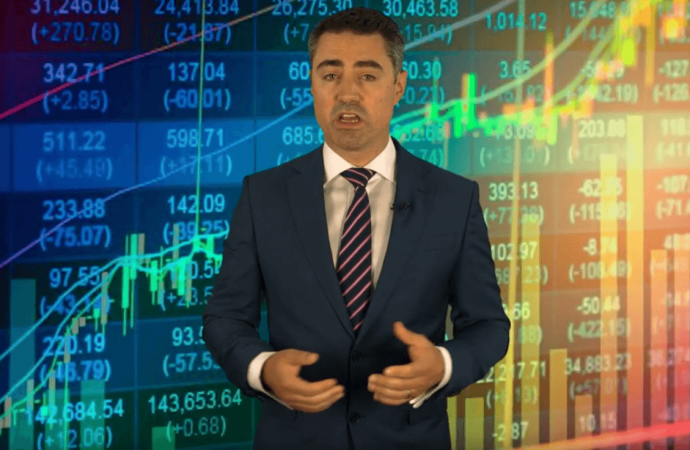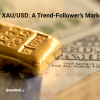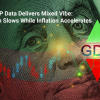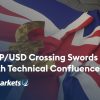This week will sign off on what will be one of the most aggressive years in rate rises for the world. All major central banks barring the Bank of Japan have raised rates in 2022 and even the BoJ is having issues with inflation that may trigger it to follow the pack in 2023.
This week the European Central bank, the Bank of England and the Federal Reserve will raise rates again this week. The BoE and the ECB are in a spiral and are unlikely to get out of it in the near future as inflation goes double-digit.
The other difficult thing for the continent is that growth and economic outlooks are poor making their current paths even more difficult. The plight of the EUR and GBP is going to be tricky over this coming period.
But the main game in town remains the FOMC.
It is widely anticipated that the FOMC will slow its pace of rate rises this week to ‘just’ 0.5 per cent. The thing is inflation and spending in the US are still well above where it needs to be.
Thus, you should expect the Board to signal that the peak of US rates will be higher than previously forecast.
All signs are that Jay Powell will be just as hawkish at the press conference and that he will reiterate the Board’s desire to return inflation to 2 per cent as quickly as possible. This is despite the risk it will create a recession.
Remember this week’s move will take the Federal Funds rate to its highest level since 2007 and would mean there have been 425 basis points for 2022 and a further 75 basis points are likely in 2023. That would take the Federal Funds rate to 5 per cent – the last time it was this tight was September 2007, two months before the start of the Global Financial Crisis.
FX is finishing the year as one would expect – volatile and unyielding.
EUR/USD although well off its lows, is at $1.05 having started at $1.14. A strong Fed stance will face pressure again.
Stirling has been all over the shop thanks to the Truss government’s diabolical policies but at $1.22 despite higher rates over the past 6 months is evidence that it’s a risk asset and likely to face further pressures in the new year
USD/JPY is still following real yield and is the only pair that has a strong fundamental bias – at ¥136.60, it is a long way off its ¥150 high which will be allowing the BoJ some breathing space.
Finally, the AUD/USD dipped to $0.6744 to start the week but it’s more than that. The RBA looks like being one of the more dovish players out there and with no pressure from higher rates the Aussie US 10-year inversion remains solid meaning $0.70 or higher is a long way off.








 Access +10,000 financial
instruments
Access +10,000 financial
instruments

